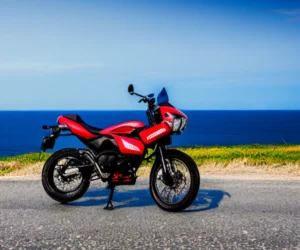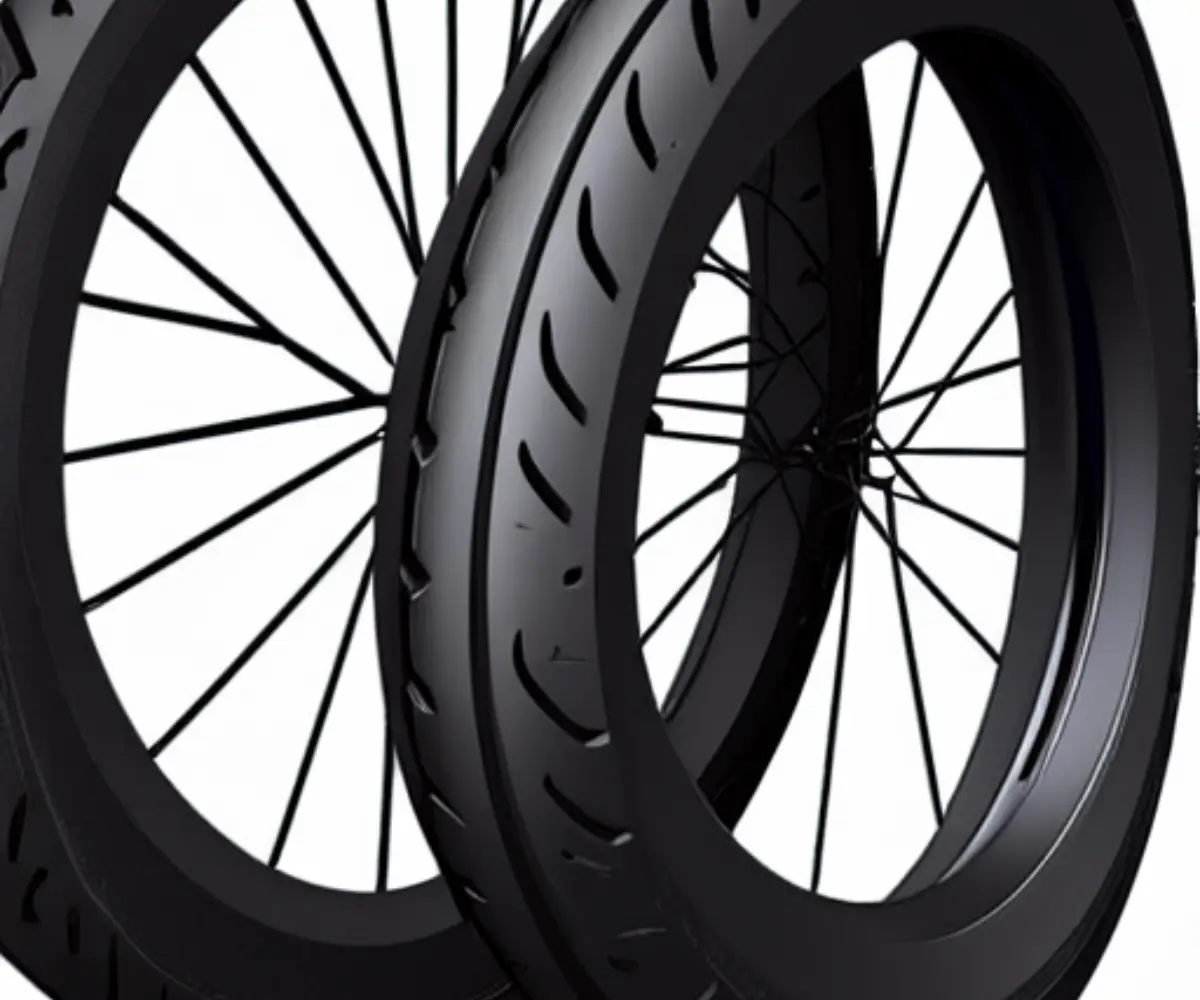Cycling and bike riding are popular sports and modes of transportation for many people around the world. With advancements in technology, tubeless tires have become increasingly popular among cyclists and Biker as they offer a range of benefits over traditional tires.
However, it’s important to understand that tubeless tires also come with certain drawbacks.
In this article, we’ll take a closer look at the pros and cons of tubeless tires and help you decide if they’re worth the switch.
Pros and Cons of Cycle Tubeless Tires: Is It Worth the Switch?

Pros of Tubeless Tires:
1. Improved Traction and Handling
Tubeless tires provide improved traction and handling on the road or trail. This means you’ll be able to take on challenging terrain with greater confidence. The sealant in the tire creates a cushion, which can improve the grip and reduce the chances of skidding. This can lead to a safer and more enjoyable ride.
2. Reduced Risk of Punctures and Flats
Tubeless tires are less likely to suffer from punctures and flats, thanks to the use of a sealant that seals small holes as they happen. This can reduce the risk of sudden flat tires and make your ride more pleasant. The sealant can repair small punctures automatically, making your ride even more reliable.
3. Greater Versatility in Tire Pressure
Tubeless tires can be run at lower pressures, which can help to reduce rolling resistance and increase efficiency. This can lead to less fatigue and better performance. Lower tire pressure can also improve grip and reduce fatigue, providing a better ride quality. Additionally, tubeless tires have reduced chances of pinch flats.
4. Lighter Weight
Tubeless tires are lighter as they don’t require an inner tube. This can lead to improved performance and faster speeds. The lighter weight can also reduce the overall weight of your bike, making it easier to handle and maneuver.
5. Better Performance in Wet Conditions
Tubeless tires can provide better performance in wet conditions as compared to traditional tires. The sealant in tubeless tires can fill the small gaps between the tire and the rim, which can help to prevent water from getting inside the tire. This can help to reduce the chances of hydroplaning and improve traction in wet weather.
6. Better for the Environment
Tubeless tires can also be considered better for the environment as compared to traditional tires. The sealant used in tubeless tires can help to reduce the number of flats and punctures, which can lead to less waste in the form of inner tubes and tires. Additionally, tubeless tires can be used for longer periods of time, which can help to reduce the overall number of tires that need to be produced and disposed of.
7. Cost-effective in the Long Run
While tubeless tires may be more expensive than traditional tires, they can be more cost-effective in the long run. The sealant used in tubeless tires can help to prevent punctures and flats, which can save you money on inner tubes and repairs. Additionally, tubeless tires can last longer than traditional tires, which can help to reduce the overall cost of replacement tires.

Cons of Tubeless Tires
1. Difficult to Set Up and Maintain
Tubeless tires can be more difficult to set up and maintain than traditional tires. This requires extra time and effort, as well as specialized tools and knowledge. Setting up tubeless tires can be a tricky process, and it can take some trial and error to get the right pressure and sealant levels. Additionally, tubeless tires require regular maintenance to ensure that they are functioning properly and that the sealant levels are adequate.
2. More Expensive Than Traditional Tires
Tubeless tires are more expensive than traditional tires. This can be a significant factor for some riders, especially if they are on a budget. Additionally, some tubeless tires can be difficult to find compatible rims and wheels, and may not be as widely available as traditional tires.
3. Requires Special Sealant
Tubeless tires require special sealant to prevent leaks. This can add an extra layer of maintenance and cost to your cycling experience. Additionally, if a puncture happens, tubeless tires can be difficult to repair on the trail as compared to traditional tires. This can lead to unexpected downtime and inconvenience.
4. Less Durable than Traditional Tires
Some tubeless tires are less durable than traditional tires and may have lower maximum pressure ratings. This can lead to decreased performance and increased wear and tear. Additionally, tubeless tires may be more prone to damage from thorns, glass or other sharp objects.
5. Higher Rolling Resistance
Some tubeless tires may have a higher rolling resistance than traditional tires. This can affect the efficiency of your ride and can lead to increased fatigue. This can be caused by the sealant used in tubeless tires which can create additional friction between the tire and the road.
6. Difficult to Repair on the Trail
Tubeless tires can be difficult to repair on the trail as compared to traditional tires. This can lead to unexpected downtime and inconvenience. In case of a puncture, the sealant used in tubeless tires can make it difficult to patch the hole and get the tire back in shape.
Related Article:
Best air compressor for tubeless bike tires
4 Ways to Fix a Wheelbarrow Tire (tubeless)
Conclusion
In conclusion, tubeless bike and cycle tires are a game-changer for the cycling industry. They provide a host of benefits that traditional tube tires simply can’t match.
From their ability to seal punctures on the fly to their improved performance, increased safety, and reduced maintenance, tubeless tires are the ideal choice for any cyclist looking to take their riding to the next level.
With their ability to run lower tire pressures and their durability, tubeless tires are a great option for riders who want to experience the true potential of their bike. So, if you want to improve your performance, safety and comfort consider switching to tubeless tires today.
Ultimately, it’s up to each individual cyclist and bike rider to weigh the pros and cons of tubeless tires and decide if they’re worth the switch.

Olivia Archer provides in-depth coverage of air compressors, air compressor accessories, tire inflators and all things related to air compressors. She is a mechanical engineer and air compressor expert with a wealth of knowledge and experience in the industry.
Olivia’s articles are informative, well-researched and provide readers with valuable insights and information to help them make informed decisions when purchasing air compressors and accessories. She is passionate about the industry and is always looking for new ways to share her knowledge and expertise with readers. When she’s not writing for the website, Olivia can be found working on her own DIY projects, experimenting with different tools and techniques, and expanding her knowledge of the industry.


